Discover the latest trends in monthly house rent across the United States. Get insights on average rental prices, factors affecting rent, and affordable housing options in major cities.
1. Introduction
The cost of leasing a domestic space in the Joined Together States has been a hot point for a long time, and it proceeds to vary based on different financial and social components. With the rise in living costs, understanding how much you might require to budget for a lease is significant. Whether you’re migrating, considering moving to an unused city, or essentially inquisitive around the rental showcase, knowing the normal month-to-month lease can offer the assistance to you make educated budgetary decisions.
This direct investigates the distinctive variables affecting house lease, territorial contrasts, rental advertise patterns, and viable tips to offer assistance you discover an reasonable domestic in the U.S.
2. Factors Affecting Monthly Rent in the U.S.
Several key factors influence the cost of renting a house in the U.S.:
Location
The greatest determinant of the lease is area. Urban regions like Unused York City and San Francisco have a few of the most elevated rental costs, whereas rustic regions offer more reasonable alternatives.
Property Type
Apartments, condos, and single-family homes come with varying price tags. A one-bedroom apartment is generally cheaper than a three-bedroom house.
Amenities and Features
Homes with extravagance facilities such as pools, exercise centers, and security administrations tend to have higher rents.
Economic Conditions
Expansion, work markets, and lodging requests play a noteworthy part in deciding rental costs. A solid economy regularly leads to higher lease costs due to expanded request.
3. Average Monthly Rent by State
Rent prices vary significantly by state. Below is a breakdown of some of the most and least expensive states:
Expensive States:
- California – $2,500+ per month
- New York – $2,700+ per month
- Hawaii – $2,800+ per month
- Massachusetts – $2,400+ per month
Affordable States:
- Mississippi – $900 per month
- West Virginia – $850 per month
- Arkansas – $950 per month
- Kentucky – $1,000 per month
Urban areas like Los Angeles and Manhattan tend to have higher rent than suburbs or rural regions in the same state.
4. Average Rent for Different Property Types
Rent varies based on the type of property:
| Property Type | Average Monthly Rent |
|---|---|
| Studio Apartment | $1,500 |
| 1-Bedroom Apartment | $1,800 |
| 2-Bedroom Apartment | $2,400 |
| Single-Family Home | $2,800 |
| Luxury Condo | $3,500+ |
5. Cost Breakdown: Urban vs. Suburban vs. Rural Areas
Urban Areas
- Higher demand = higher rent
- Access to job opportunities and public transport
- Expensive living costs
Suburban Areas
- More affordable than cities but higher than rural areas
- Family-friendly environment
- Longer commute to city jobs
Rural Areas
- Cheapest rental prices
- Fewer job opportunities
- Limited access to entertainment and services
6. Rental Market Trends in 2024
The U.S. rental advertise is continually advancing, affected by financial shifts, lodging request, and swelling. Here are a few key patterns forming the rental scene in 2024:
Increase in Rental Prices
Lease costs have proceeded to rise in major cities due to tall request and constrained lodging supply. Numerous proprietors have expanded lease to cover higher property charges, protections, and support costs.
Migration to Affordable States
Many Americans are moving from high-rent states like California and New York to more affordable states like Texas, Florida, and Arizona. This migration is driven by remote work opportunities and lower living costs.
Rise of Co-Living and Shared Housing
With rising rent prices, more people are turning to shared housing, co-living spaces, and roommate arrangements to cut costs. This trend is particularly common in expensive cities.
Short-Term Rental Boom
Stages like Airbnb proceed to affect the lodging advertise, with numerous proprietors lean toward short-term rentals over long-term leases due to higher benefit edges. In any case, a few cities have presented directions to control short-term rentals.
Technology in Renting
More rental exchanges are happening online, from virtual property visits to rent assentions. Innovation is making it less demanding for tenants to discover homes without in-person visits.
7. Hidden Costs of Renting
Renting a home comes with several hidden expenses that renters often overlook.
Security Deposit
Most proprietors require a security store (proportionate to one or two months’ lease) some time recently moving in. This store is refundable if there are no harms when you move out.
Utilities and Bills
Some apartments include utilities in the rent, while others require tenants to pay separately for:
- Electricity
- Water and sewer
- Internet and cable
- Trash collection
Maintenance and Repairs
Whereas proprietors handle major repairs, occupants may be capable for minor upkeep, such as supplanting light bulbs, discuss channels, and grass care.
Renter’s Insurance
A few proprietors require inhabitants to have renter’s protections, which regularly costs $15–$30 per month. It secures tenants’ possessions in case of fire, burglary, or harm.
Parking Fees
In urban areas, tenants may have to pay extra for parking spaces, especially in apartment buildings.
8. Tips to Find Affordable Rent in the U.S.
Finding a budget-friendly rental home requires strategy. Here are some practical tips:
Best Times to Rent
- Winter months (December–February): Rental demand is lower, so landlords may offer discounts.
- End of the month: Landlords eager to fill vacancies may negotiate better deals.
Negotiation Strategies
- Offer to sign a longer lease (e.g., 18 months) in exchange for a lower monthly rent.
- Ask if utilities or parking can be included in the rent.
- Highlight your strong rental history or credit score to negotiate better terms.
Online Tools and Resources
- Zillow, Apartments.com, and Rent.com: Compare rental prices in different areas.
- Craigslist and Facebook Marketplace: Find listings from independent landlords.
- Local real estate agents: They can help find hidden rental deals.
9. Impact of Inflation on House Rent
Why Is Rent Increasing?
Expansion influences lease by raising the costs of property upkeep, utilities, and charges. As landlords’ costs rise, they pass the taken a toll onto inhabitants.
How to Manage Rising Rent Costs
- Look for rent-controlled properties: Some cities have laws preventing excessive rent hikes.
- Consider relocating: Moving to a lower-cost city or suburb can help save money.
- Negotiate lease renewal terms: Some landlords prefer keeping a tenant rather than finding a new one, making them more open to negotiation.
10. Government Assistance and Rent Control Policies
To help renters struggling with high rent, the government offers various programs and policies.
Rent Control Laws
Some cities (e.g., New York, San Francisco, and Los Angeles) have rent control laws that limit how much landlords can increase rent annually.
Housing Assistance Programs
- Section 8 Housing Choice Voucher: Helps low-income families afford rent.
- Public Housing Programs: Government-owned rental housing at reduced rates.
- Emergency Rental Assistance: Provides short-term financial relief to renters facing eviction.
11. Short-Term vs. Long-Term Rentals
Short-Term Rentals
- It is ideal for travelers, digital nomads, and temporary workers.
- Typically, it is more expensive per month than long-term leases.
- Flexible lease terms, often month-to-month.
Long-Term Rentals
- Better for families and individuals seeking stability.
- Usually cheaper per month than short-term rentals.
- Requires a lease agreement, often 6–12 months.
12. Renting vs. Buying a Home
Pros of Renting
- Flexibility: Easier to move if needed.
- No Maintenance Costs: Landlords handle repairs.
- Lower Upfront Costs: No down payment required.
Cons of Renting
- No Equity: Rent payments do not contribute to ownership.
- Rent Increases: Monthly payments can rise over time.
Pros of Buying
- Builds Equity: Mortgage payments increase homeownership.
- Stable Monthly Costs: Fixed mortgage rates prevent rent hikes.
Cons of Buying
- High Upfront Costs: Requires a down payment (typically 5–20%).
- Responsibility for Maintenance: Homeowners must cover all repairs.
13. Future Predictions for U.S. Rental Market
Specialists foresee that rental costs will stay tall, especially in major metropolitan regions. In any case, as more individuals move to rural and country zones, request in costly cities may stabilize. Government arrangements and financial changes will too play a part in future rental patterns.
14. Common Mistakes Renters Make
Not Reading the Lease Agreement
Always read the lease carefully before signing to avoid unexpected fees or restrictions.
Ignoring Hidden Costs
Factor in utilities, renter’s insurance, and parking fees when budgeting for rent.
Not Researching the Neighborhood
Check crime rates, commute times, and local amenities before committing to a rental.
Skipping Renters Insurance
This small expense can save you thousands in case of theft or disasters.
15. Conclusion
Leasing a house in the Joined together States includes different components, from area and property sort to covered up costs and advertise patterns. By understanding rental cost varieties and utilizing key strategies to discover reasonable lodging, tenants can make educated choices that suit their budgets and ways of life. Whether you select an urban flat, a rural domestic, or a country withdraw, cautious arranging will guarantee you get the best esteem for your cash.
FAQs
The average rent for a 1-bedroom apartment is around $1,800 per month, but this varies by location.
Mississippi, West Virginia, and Arkansas have some of the lowest rental prices, with average monthly rents under $1,000.
It depends on your financial situation. Renting offers flexibility, while buying helps build long-term equity.
Look for rent-controlled properties, negotiate lease terms, or consider moving to a more affordable area.
No, only some cities like New York, San Francisco, and Los Angeles have rent control policies.
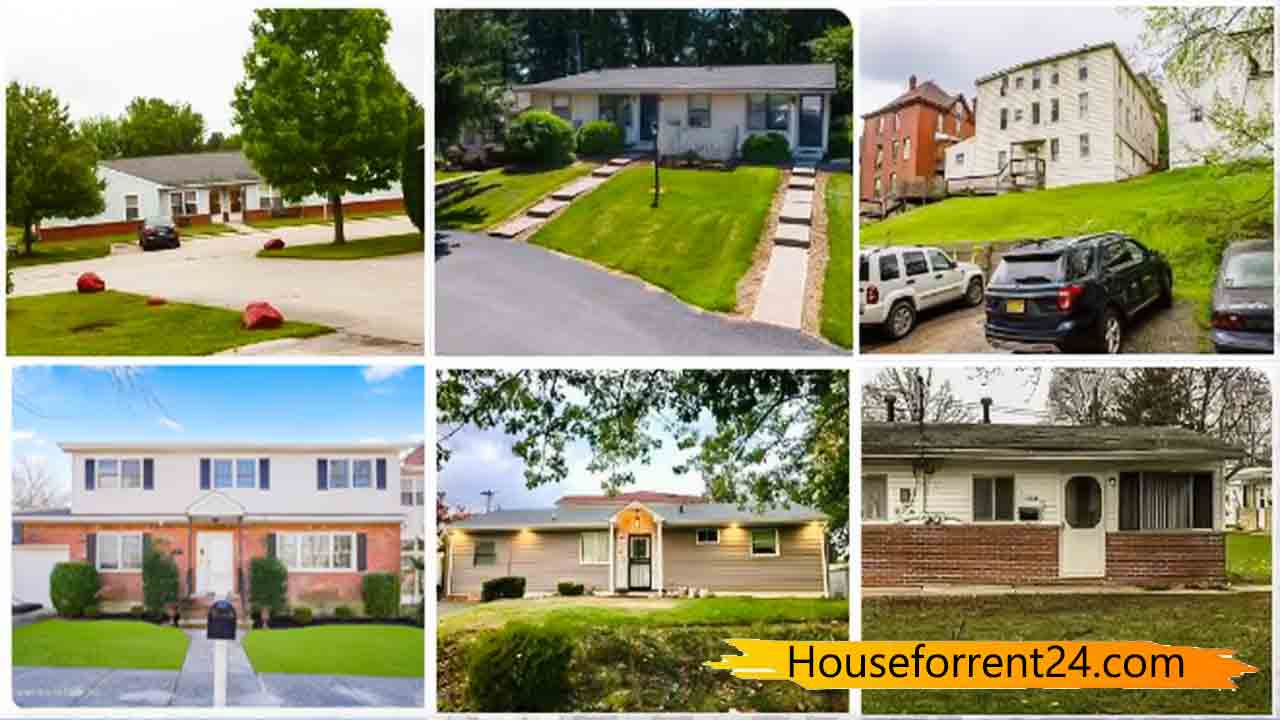
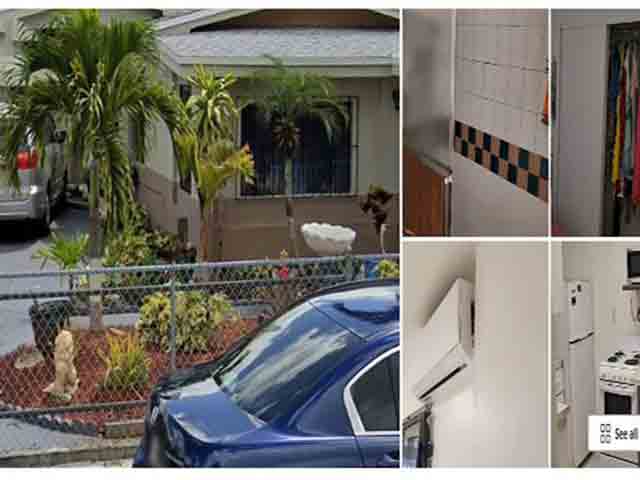
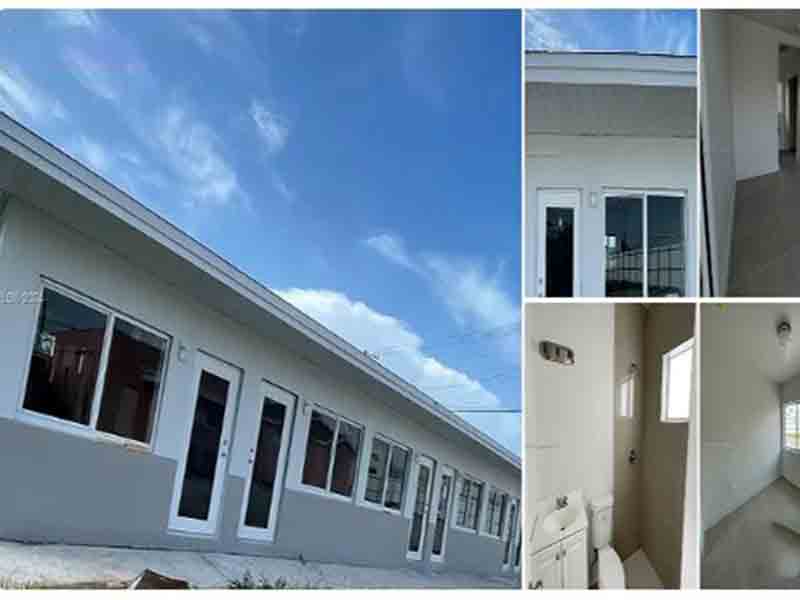
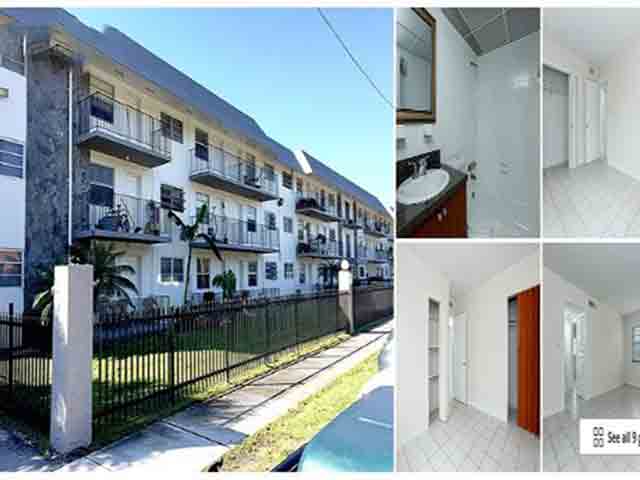
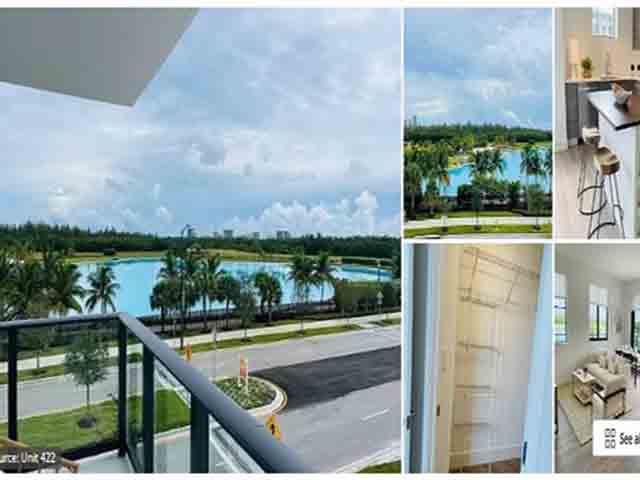
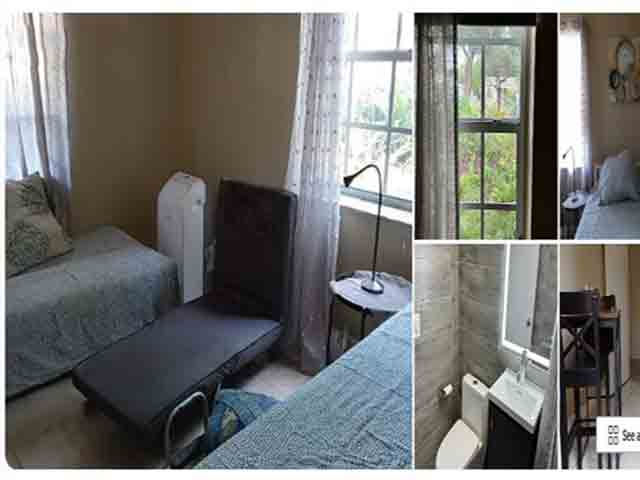
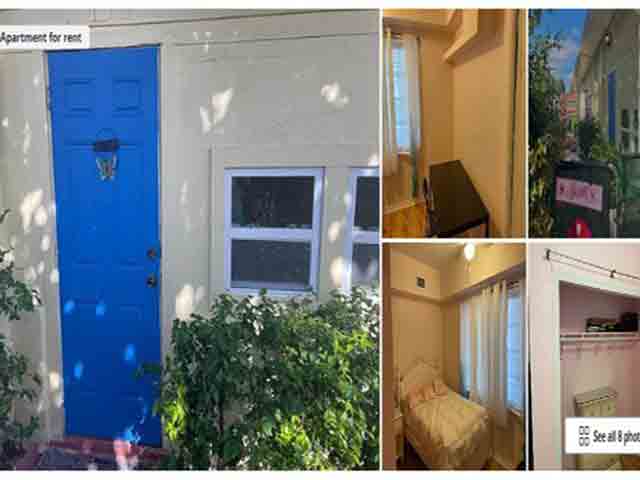













I need a 3 bedroom and 1 and a half bath to rent not rent to own RENT ONLY
Please can you help me l can afford 1000 to 1300 a month 🙏